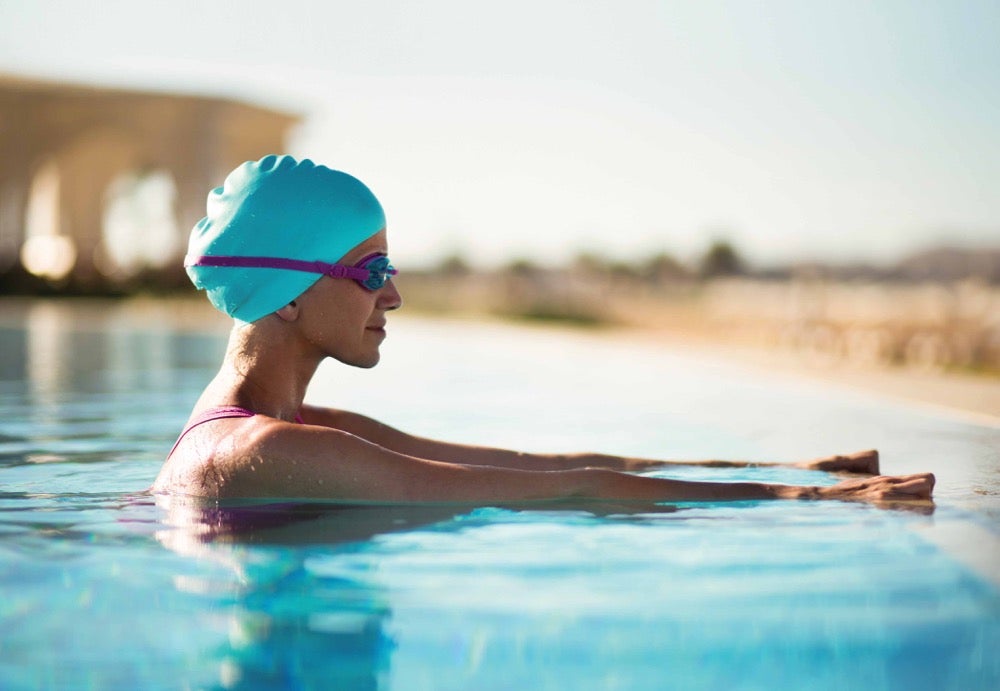6 Things Successful Swimmers Do

Photo: iStock
Not seeing meaningful progress in the pool? Review these rules of successful swimmers to see where you might be standing—or swimming—in your own way.
1. Technique comes first. Always.
My favorite adage when working with new swimmers is, “You can put 100 motors onto a barge, and it still won’t be a speed boat.” The only thing that is guaranteed when you spend more energy in the water is that you will tire quicker. Swimming, much like golf, is a skill sport, meaning that success comes more from technique than from effort. Spend time mastering the fundamentals of the stroke before focusing on power and speed.
2. They seek out support.
The best in the world do not achieve greatness by themselves. They work with multiple teachers over many years to educate themselves and consistently be pushed to improve and grow. Use your resources to locate and start working with local triathlon, swimming and endurance specialists. Tap into the already existing knowledge in your area and reap the benefits.
3. The pool is their hangout.
Elite swimmers are in the water 7–11 times each week. They are rarely out of the water for more than 36 hours between sessions. Getting in the water often and on a regular basis will improve your “feel” for the water. Basically, swimming more often will allow your body to better remember and retain the fine motor movements involved with good technique.
4. They value quality over quantity.
I was lucky as a young swimmer to have a coach who valued quality training over large quantities of yardage to produce successful swimmers. As a result, I watched as 8 of the 12 women I started collegiate swimming with quit before the end of the first year from mental burnout and overuse injuries. Swimming just 10 laps with perfect technique is a better swim practice than 100 laps with poor technique. When things start getting tough in the race, you will return to how you executed a majority of your training. Make excellence your default setting.
5. They train with purpose.
Every lap and every stroke of swim practice should have a purpose or a goal attached to it. The objectives can vary from swimming slow for warm-up or recovery, to swimming fast to build aerobic endurance, or mastering a drill to improve one aspect of stroke technique. Know why you are doing each lap, and then focus on achieving that one goal as a small step toward greatness.
6. They have fun.
Success and enjoyment are often synonymous. It is very hard to succeed at something that takes hours of sweating and training if you do not find pleasure while doing it. Playtime in the water helps create a positive mental view of being in the water. This positive view of the water will make it easier to get out of bed in the morning for practice. Playtime can be monkeying around in the water with your kids or adding goofy drills during warm-up and cool-down.